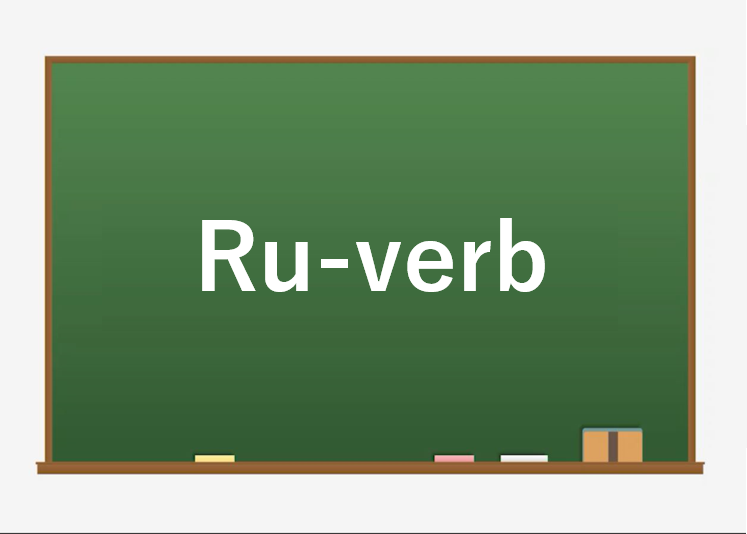Ru-verb conjugation are summarized in the table.
Example :
taberu(eat)
たべる
neru(sleep)
ねる
okiru(get up)
おきる
miru(watch)
みる
-ru verbs are formed by adding – ru to the end.
In addition to that, as you can see from above examples, -ru verbs that end in “– iru” or “– eru“.
taberu = – eru / okiru = – iru
KEY:
降る(furu)
それらは覚えなければいけません。主に、以下の動詞があります。

Own your Japanese learning
What kind of teachers are in Pro class?
Pro classes are especially appropriate for students who want to score well on the Japanese Proficiency Language Test. You can just request the teacher’s English ability, gender, age, etc. Pro classes are arguably the fastest learning plan, as experienced tutors can teach you what you want anytime, anywhere, at home or in the office.

Tokyo vs. Osaka: Which is Better for Foreign Residents in Japan?
Japan is home to several major cities, known collectively as the “Big Five Cities” which include Tokyo, Osaka, Nagoya, Sapporo,

Guide to Side Jobs for Foreigners in Japan
Since 2023, price increases in Japan have become more noticeable, and many people are feeling that their salary from the

Essential Interview Tips for Success at Japanese Companies
There may be some foreigners who are looking for a job in Japan, but in fact, many of those foreign

Tokyo vs. Osaka: Which is Better for Foreign Residents in Japan?
Japan is home to several major cities, known collectively as the “Big Five Cities” which include Tokyo, Osaka, Nagoya, Sapporo,






